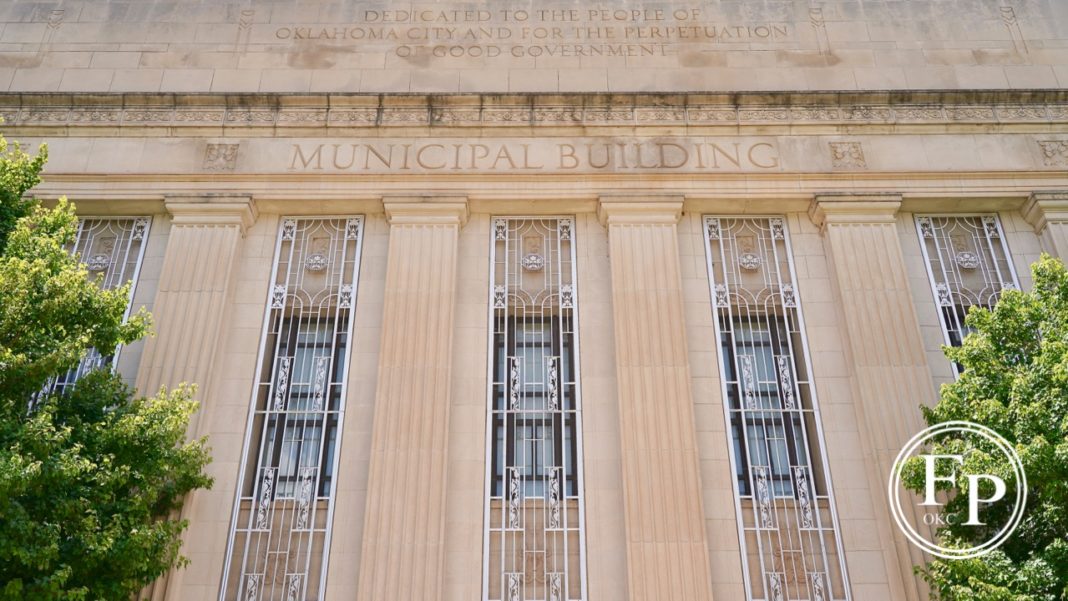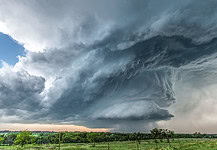Last Updated on April 17, 2020, 10:54 AM | Published: March 12, 2020
Congresswoman Kendra Horn raised the issue of water cutoffs during the new coronavirus COVID-19 pandemic and brought attention to the City of Oklahoma City’s alarming cutoff rates.
But, even though 2019 residential water cutoff numbers for Oklahoma City are alarming, there has been a reduction in their number over the last several years.
“Provide relief”
Horn and other members of Congress are asking that the emergency stimulus package intended to give relief during this time of a pandemic “include funding to provide relief for Americans facing water shutoffs and high water bills.”
The CDC has been advising people to wash their hands regularly to help slow the rate of infections in the community.
A letter Horn signed states “It is unconscionable that during an infections disease outbreak, like with the coronavirus, communities would continue to shut off people’s access to water.”
2016 cutoffs
Horn’s office used 2016 numbers for City shutoffs in their first press release Wednesday.
Oklahoma City is ranked seventh in water shutoffs according to Food & Water Watch using 2016 updated statistics. (See the fine print at the bottom of the list.) Food & Water Watch is a Washington-based nonprofit that advocates for affordable and safe food and water for everyone.
In the original list Food & Water Watch generated, the numbers and ranking were deceptive at a quick glance.
The list as posted on their website was inexplicably not corrected but just footnoted. The 2016 numbers seemed to show Oklahoma City had 44,324 households who experienced a water shut-off, affecting an estimated 113,913 people and represents a cut-off rate of 20% and ranking them as number one.
But, fine print footnotes at the bottom of that ranking shows that City of Oklahoma City staff had mistakenly included 2016 commercial account cutoffs in their original numbers given to Food and Water Watch.
In fact, the Associated Press later found that 26,500 households or 14 percent were cut off in 2016, which would move the city’s ranking to 7th highest for that year. Horn’s office used the correct numbers in their first press release.
2019 cutoffs
In a press release issued later in the day, Horn’s staff wrote: “the City of Oklahoma City Utilities Department acknowledged that 14,672 households with residents in Oklahoma City, or approximately 6.9 percent of Oklahoma City’s total water utility customer base, had their water shut off in 2019 due to underpayment of bills.”
Free Press reached out to the city for comment and was told that numbers like this can be misinterpreted due to many factors. For example, a family may receive a shut-off notice, but be able to make a payment plan before their water is shut-off resulting in no interruption of service.
“In 2019, we had a total number of 210,783 water customers. That same year, we performed approx. 17,268 residential shut-offs to customers for non-payment,” said Jennifer McClintock with the City of Oklahoma City. “That included 2,596 accounts where the residents vacated/abandoned the premise. This represented about 8.2% of our total customer base.”
So, 17,268 – 2,596 = 14,672 households, the 2019 number Horn’s office gave in the second release later in the day matching information we were given.
And so, cutoffs in the City of Oklahoma City did go down from 2016 to 2019. Why? It could have to do with many more ways that water customers can resolve water bill payments.
How to avoid cutoffs
Access to water is an important public health concern all the time, but especially during an outbreak.
If Horn and her fellow congress members are successful, relief for families facing water shut-off will be available, but in the meantime, if you get a shut-off notice it is important to know what you can do to avoid a service interruption.
We asked McClintock what a person should know if they get a letter stating their water will be shut-off for non-payment.
“We do everything we can to work with customers to get their bill paid before we get to the shut-off phase. The process to shut off water can take up to 30-90 days depending upon the amount due.
A bill must total $90 or more (including past due balances) for the shut-off process to begin, and in addition to their regular Past Due statement, we will, as we approach any cut-off deadline, send a letter approximately 10 days in advance, and then provide a 48-hour cut-off notice. This gives customers plenty of time to make payment arrangements.”
She said the City offers multiple programs to customers who find it difficult to pay their water bill:
- Bill-averaging program to customers who have been with us for at least one year.
- Bill-pay installment programs for customers who need to pay off a bill in smaller amounts.
- Fee-free payment kiosks and payment through Western Union offices for customers who do not have bank accounts, and absorb the fees for those kiosks.
- Customers who meet Federal Poverty guidelines qualify for a 50% reduction in their monthly trash service bill (generally $11 from $22)
Finally, the City offers a bill pay round-up/donation program for those who wish to contribute to the City’s “Help 2 Others (H2O)” program.
H2O allows qualified individuals to apply for assistance with a water bill payment through the Salvation Army based upon need.
The City entered into a partnership with the Salvation Army in 1997 to help assist customers with their water bills and continues the program today.
Customers may donate to the “H20” program by voluntarily rounding up their monthly water bills. The amount collected goes into an account administered by the Salvation Army to assist those in need.
Reporter covering the intersection of local politics and Oklahoma families. || Intellectual magpie, and hoarder of datasets. I ❤️ OKC. || When not writing Joey can be found researching light pollution in Oklahoma and visiting Oklahoma schools with her portable planetarium.











